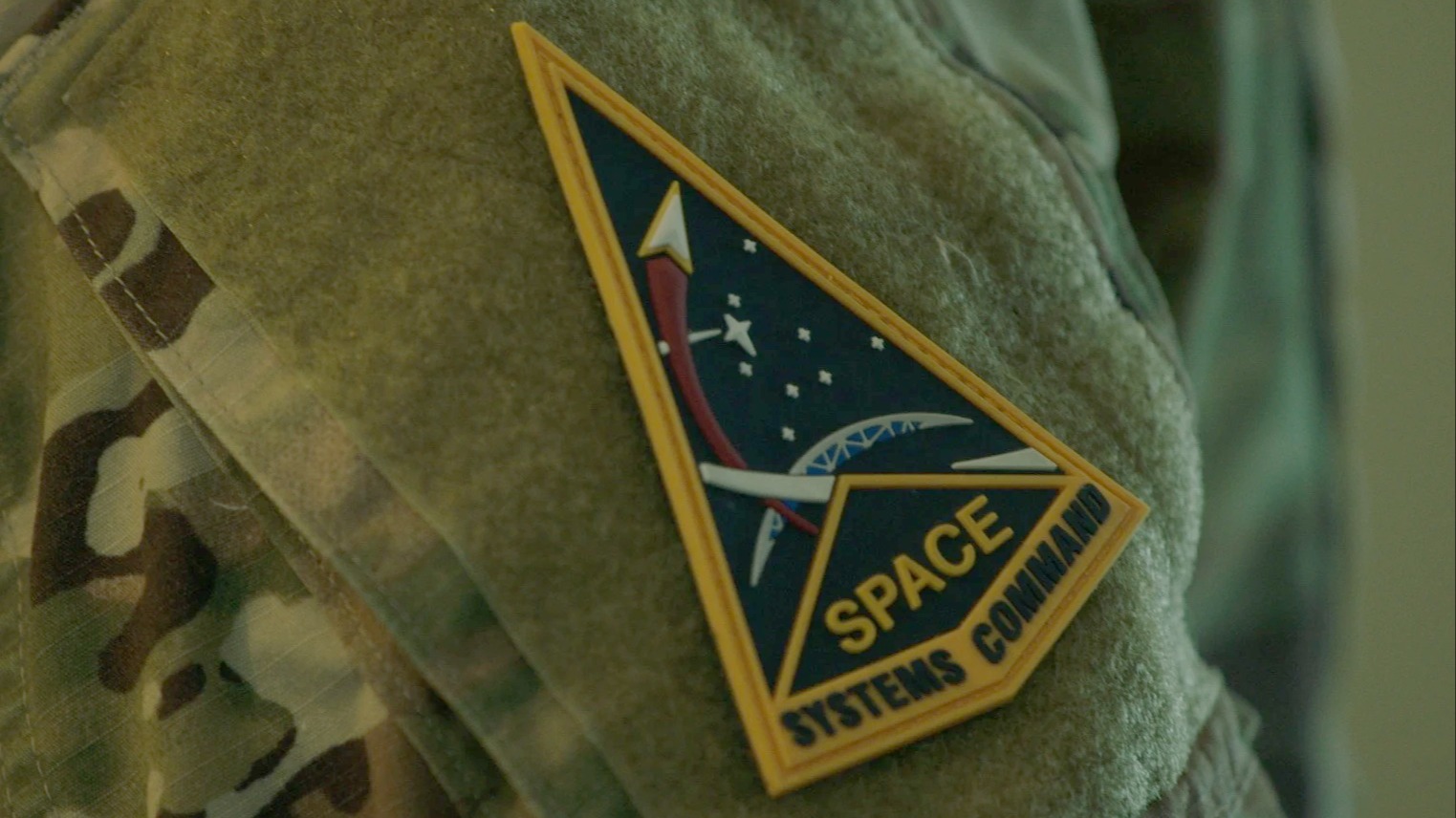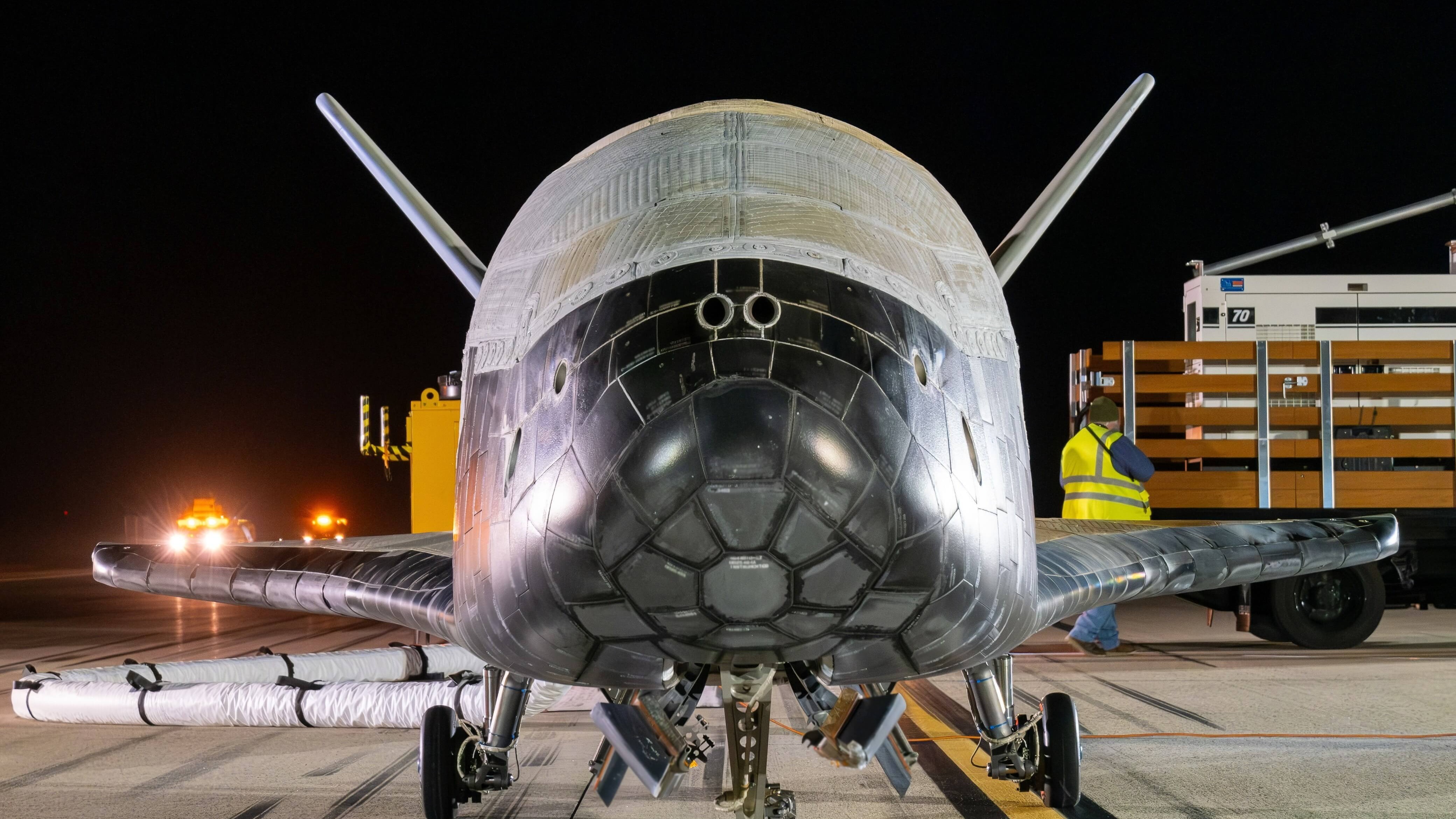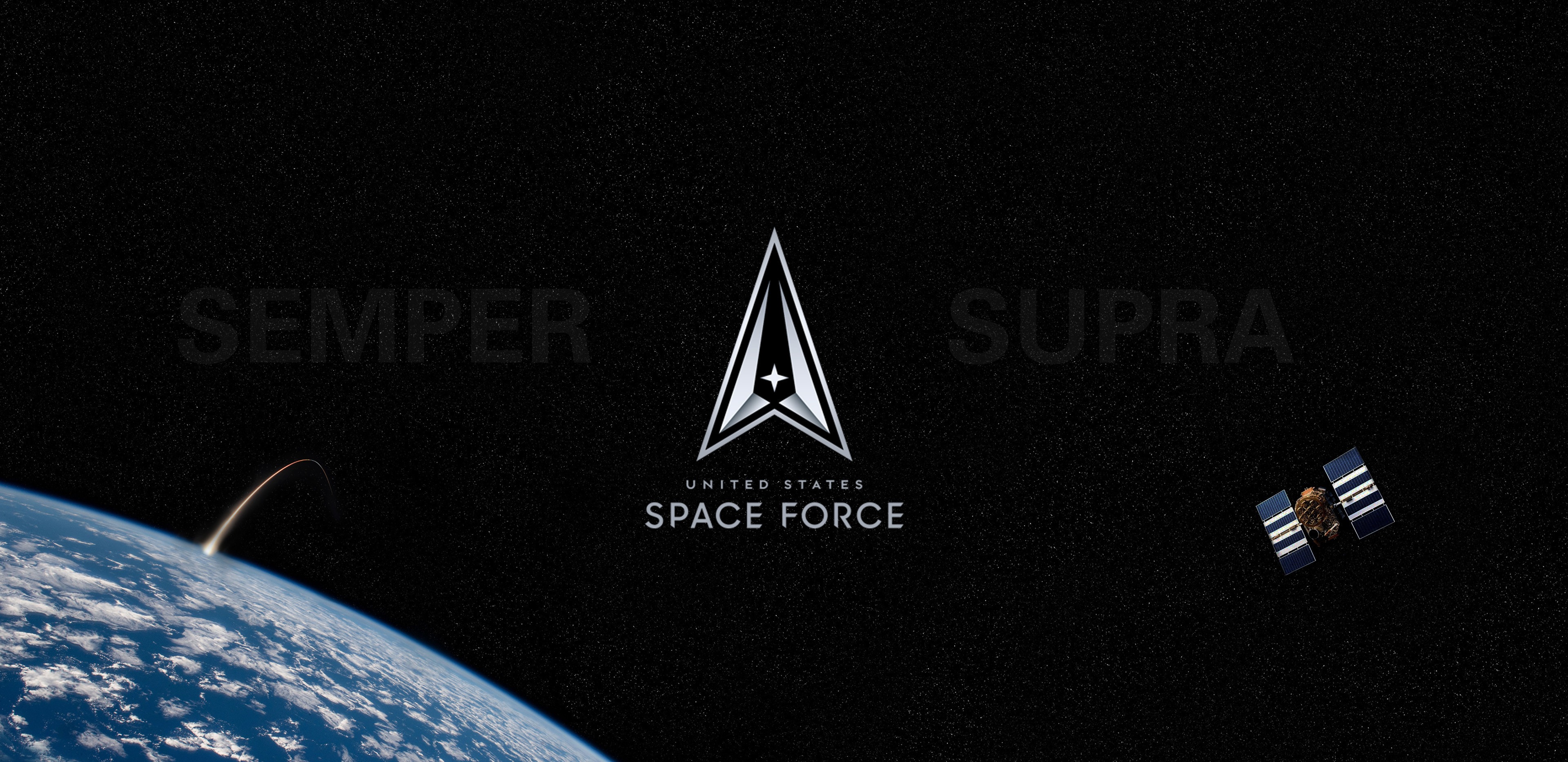

The design of culture: US Space Force emblems
ARLINGTON, Va. (AFNS) -- In the halls of the Pentagon or on the grounds of any Space Force base, Guardians stand out from their peers because of their U.S. Space Force name tapes and the unique, colorful patches on their uniforms. Space Force emblems are distinctive and different from those of the other U.S. military branches. They are also essential to unit cohesion and esprit de corps and often highlight the heritage of individual units. While uniform patches have become familiar symbols of both the service and specific units, many Guardians may not know that unit emblems are based on the traditions of medieval heraldry and that the wearing of uniform patches in the U.S. military dates to the 19th century. The Space Force, moreover, has its own process and design standards for new units to acquire an official emblem that Guardians can proudly display on their sleeves.

 As the new emblems began taking shape, the service had to maintain a balancing act between allowing Space Force units to contribute their talents to the endeavor and requiring that they follow DAF policy and standards. The Air Force Historical Research Agency (AFHRA) is responsible for assisting Space Force organizations with designing emblems that meet the standards of the US Space Force. The U.S. Army’s Institute of Heraldry takes the designs approved by AFHRA and provides final renditions and ensures the PVC patches can be manufactured. It is a long process, but it ensures that Space Force emblems meet high design and manufacturing quality standards that reflect favorably on the service.
As the new emblems began taking shape, the service had to maintain a balancing act between allowing Space Force units to contribute their talents to the endeavor and requiring that they follow DAF policy and standards. The Air Force Historical Research Agency (AFHRA) is responsible for assisting Space Force organizations with designing emblems that meet the standards of the US Space Force. The U.S. Army’s Institute of Heraldry takes the designs approved by AFHRA and provides final renditions and ensures the PVC patches can be manufactured. It is a long process, but it ensures that Space Force emblems meet high design and manufacturing quality standards that reflect favorably on the service.Article Tags
Space Force
Guardians
Delta 1
Delta 5
U. S. Space Force Space Systems Command, United Launch Alliance successfully launch USSF-106 mission aboard Vulcan rocket

USSF and ULA launch Vulcan Centaur on its first NSSL mission, delivering the NTS-3 satellite to geosynchronous orbit for advanced navigation research.
Read more about U. S. Space Force Space Systems Command, United Launch Alliance successfully launch USSF-106 mission aboard Vulcan rocketDAF joins with Disney, Pixar to bring military family story to life in ‘Elio’

The Department of the Air Force joined Disney·Pixar to help bring Elio to life, showcasing the challenges and resilience of military kids while ensuring authentic Space Force representation in the animated film.
Read more about DAF joins with Disney, Pixar to bring military family story to life in ‘Elio’X-37B Orbital Test Vehicle concludes seventh successful mission

The X-37B Orbital Test Vehicle successfully concluded its seventh mission, landing at Vandenberg Space Force Base in California on March 7, 2025, after a 434-day mission in space.
Read more about X-37B Orbital Test Vehicle concludes seventh successful missionX-37B begins novel space maneuver

The U.S. military's X-37B space plane is about to begin a series of novel maneuvers, according to a rare official update on the spacecraft
Read more about X-37B begins novel space maneuverDepartment of the Air Force launches NIPRGPT

The United States Department of the Air Force, in partnership with Air Force Research Laboratory, has launched NIPRGPT
Read more about Department of the Air Force launches NIPRGPT98th Space Range Squadron takes warfighter readiness to next level

For decades, Air Force test and training ranges, like the Nevada Test and Training Range and the Utah Test and Training Range, have provided aircrews with flexible, realistic, multidimensional battle spaces to conduct testing and advanced training.
Read more about 98th Space Range Squadron takes warfighter readiness to next levelSpace Test Course integrates satellite operations into curriculum for first time

In a historic first, students from the Space Test Course at the U.S. Air Force Test Pilot School successfully operated a satellite in space from Edwards Air Force Base, May 20.
Read more about Space Test Course integrates satellite operations into curriculum for first timeDAF announces updates to DAFI 36-2606, gives Airmen, Guardians flexibility in career

The Department of the Air Force announced updates to Department of the Air Force Instruction 36-2606, Reenlistment and Extension of Enlistment, May 23.
Read more about DAF announces updates to DAFI 36-2606, gives Airmen, Guardians flexibility in careerCSO hosts patch presentation ceremony

Ninety-two U.S. Air Force Academy cadets were presented their U.S. Space Force patches during a ceremony held at Clune Arena May 29.
Read more about CSO hosts patch presentation ceremonyMinuteman III test launch showcases readiness of US nuclear force's safe, effective deterrent

Air Force Global Strike Command Airmen supported by Space Force Guardians launched an unarmed Minuteman III
Read more about Minuteman III test launch showcases readiness of US nuclear force's safe, effective deterrent